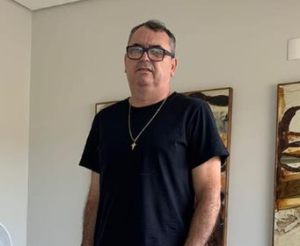
Publicações de Leandro Seixas
Hostert, Leandro; Dias, Matheus S.; de Aquino, Caroline B.; dos Santos, Felipe C.; Marangoni, Valéria S.; de Carvalho C Silva, Cecília; Seixas, Leandro; Maroneze, Camila M. Covalent Surface Functionalization of Exfoliated MoS2 Nanosheets for Improved Electrocatalysis Journal Article Em: J. Phys. Chem. C, 2024, ISSN: 1932-7455. Resumo | Links | BibTeX | Tags: Duarte, F R; Matusalem, F; Grasseschi, D; Rocha, Alexandre Reily; Seixas, Leandro; de Matos, Christiano J S; Mukim, S; Ferreira, M S Decoding disorder signatures of AuCl3 and vacancies in MoS2 films: from synthetic to experimental inversion Journal Article Em: J. Phys.: Condens. Matter, vol. 36, não 49, 2024, ISSN: 1361-648X. Resumo | Links | BibTeX | Tags: Carozo, Victor; Carvalho, Bruno R.; Safeer, Syed Hamza; Seixas, Leandro; Venezuela, Pedro; Terrones, Mauricio Raman spectroscopy of a few layers of bismuth telluride nanoplatelets Journal Article Em: Nanoscale Adv., 2023, ISSN: 2516-0230. Resumo | Links | BibTeX | Tags: and Optics, Atomic and Molecular Physics, Bioengineering, General Chemistry, General Engineering, General Materials Science2024
@article{Hostert2024,
title = {Covalent Surface Functionalization of Exfoliated MoS2 Nanosheets for Improved Electrocatalysis},
author = {Leandro Hostert and Matheus S. Dias and Caroline B. de Aquino and Felipe C. dos Santos and Valéria S. Marangoni and Cecília de Carvalho C Silva and Leandro Seixas and Camila M. Maroneze},
doi = {10.1021/acs.jpcc.4c05965},
issn = {1932-7455},
year = {2024},
date = {2024-11-13},
urldate = {2024-11-13},
journal = {J. Phys. Chem. C},
publisher = {American Chemical Society (ACS)},
abstract = {Transition metal dichalcogenides, particularly the metallic phase of molybdenum disulfide (1T’-MoS2), have attracted significant attention as promising nonprecious metal electrocatalysts for the hydrogen evolution reaction (HER) due to their appealing electrochemical properties and optimal hydrogen adsorption free energy (ΔGH). In this study, we used a combined theoretical and experimental approach to investigate the covalent functionalization of MoS2 with −CH2COOH groups. Notably, the presence of Mo oxidized species(MoOx) was significantly diminished in the functionalized material, suggesting a potential protective role of the functional groups against MoS2 oxidation. Additionally, our findings show a decrease in the proportion of the metallic 1T’ phase upon functionalization (58% for MoS2/CH2COOH compared to 74% for Exf-MoS2). However, electrochemical measurements unveil a remarkable enhancement in electrocatalytic activity upon the integration of −CH2COOH groups, as evidenced by observations from Linear Sweep Voltammetry (LSV) and Electrochemical Impedance Spectroscopy (EIS). In LSV analysis, a substantial 53% reduction in the Tafel slope is observed, declining from −145 mV dec–1 (for Exf-MoS2) to −77 mV dec–1 (for MoS2/CH2COOH). Additionally, EIS measurements indicate a significant decrease in charge transfer resistance, dropping from 82.03 ± 0.11 kΩ/cm2 (for Exf-MoS2) to 12.41 ± 0.01 kΩ/cm2 (for MoS2/CH2COOH). The integration of these functional groups onto the MoS2 surface demonstrates remarkable effectiveness in inhibiting oxidation while concurrently leading to a noteworthy enhancement of catalytic activity for the HER.},
keywords = {},
pubstate = {published},
tppubtype = {article}
}
@article{Duarte2024,
title = {Decoding disorder signatures of AuCl3 and vacancies in MoS2 films: from synthetic to experimental inversion},
author = {F R Duarte and F Matusalem and D Grasseschi and Alexandre Reily Rocha and Leandro Seixas and Christiano J S de Matos and S Mukim and M S Ferreira},
url = {https://iopscience.iop.org/article/10.1088/1361-648X/ad7568},
doi = {10.1088/1361-648x/ad7568},
issn = {1361-648X},
year = {2024},
date = {2024-09-01},
urldate = {2024-12-11},
journal = {J. Phys.: Condens. Matter},
volume = {36},
number = {49},
publisher = {IOP Publishing},
abstract = {This study investigates the scope of application of a recently designed inversion methodology that is capable of obtaining structural information about disordered systems through the analysis of their conductivity response signals. Here we demonstrate that inversion tools of this type are capable of sensing the presence of disorderly distributed defects and impurities even in the case where the scattering properties of the device are only weakly affected. This is done by inverting the DC conductivity response of monolayered MoS2 films containing a minute amount of AuCl3 coordinated complexes. Remarkably, we have successfully extracted detailed information about the concentration of AuCl3 by decoding its signatures on the transport features of simulated devices. In addition to the case of theoretically generated Hamiltonians, we have also carried out a full inversion procedure from experimentally measured signals of similar structures. Based on experimental input signals of MoS2 with naturally occurring vacancies, we were able to quantify the vacancy concentration contained in the samples, which indicates that the inversion methodology has experimental applicability as long as the input signal is able to resolve the characteristic contributions of the type of disorder in question. Being able to handle more complex, realistic scenarios unlocks the method's applicability for designing and engineering even more elaborate materials.},
keywords = {},
pubstate = {published},
tppubtype = {article}
}
2023
@article{Carozo2023,
title = {Raman spectroscopy of a few layers of bismuth telluride nanoplatelets},
author = {Victor Carozo and Bruno R. Carvalho and Syed Hamza Safeer and Leandro Seixas and Pedro Venezuela and Mauricio Terrones},
doi = {10.1039/d3na00585b},
issn = {2516-0230},
year = {2023},
date = {2023-00-00},
journal = {Nanoscale Adv.},
publisher = {Royal Society of Chemistry (RSC)},
abstract = {
keywords = {and Optics, Atomic and Molecular Physics, Bioengineering, General Chemistry, General Engineering, General Materials Science},
pubstate = {published},
tppubtype = {article}
}
Orientados e Supervisionados por Leandro Seixas
Vínculo: Pós-Doutorado
Instituição: Universidade Presbiteriana Mackenzie
Laboratório: Mackgraphe
Projeto: Catálise Computacional em Nanopartículas de Ligas de Alta Entropia (Bolsista INCT-MI)
Renato Barbosa Moreira
Vínculo: Doutorado
Instituição: Universidade Presbiteriana Mackenzie
Laboratório: Mackgraphe
Projeto: Estudo de Materiais Bidimensionais Piezoelétricos para aplicações em Nanossensores Mecânicos. (Fundo Mackenzie de Pesquisa)
Rafael Oliveira de Figueiredo
Vínculo: Doutorado
Instituição: Universidade Presbiteriana Mackenzie
Laboratório: Mackgraphe
Projeto: Modelos de aprendizagem de máquina para materiais bidimensionais. (Fundo Mackenzie de Pesquisa)



